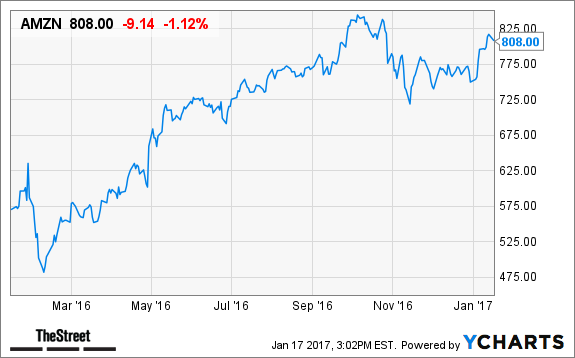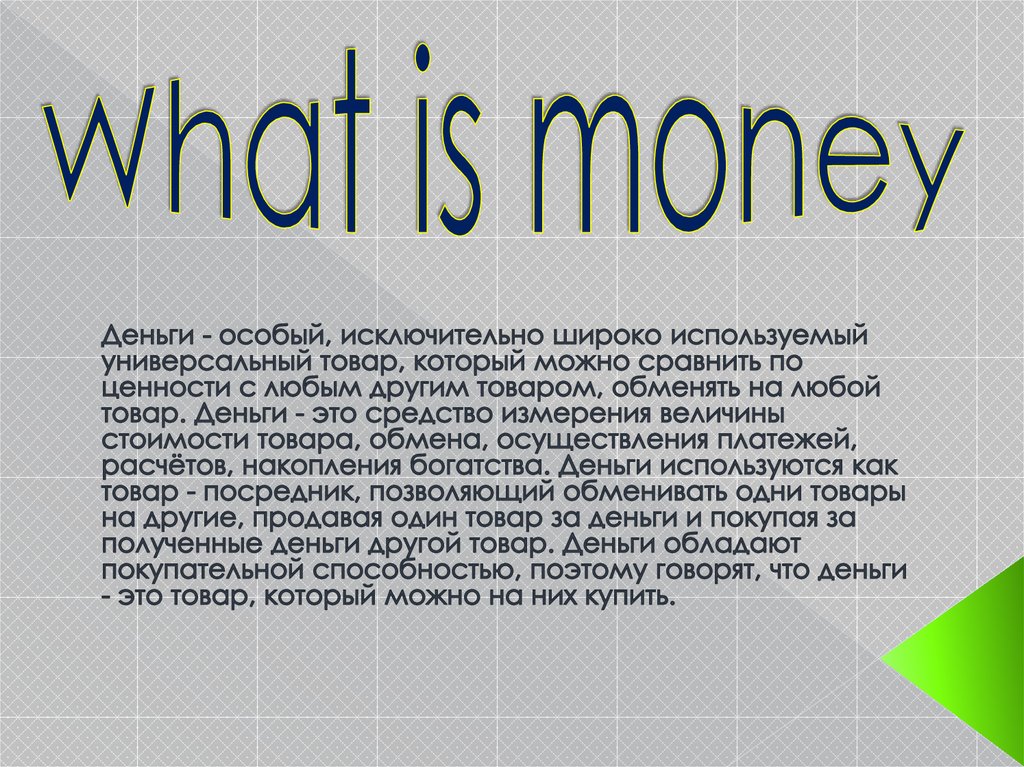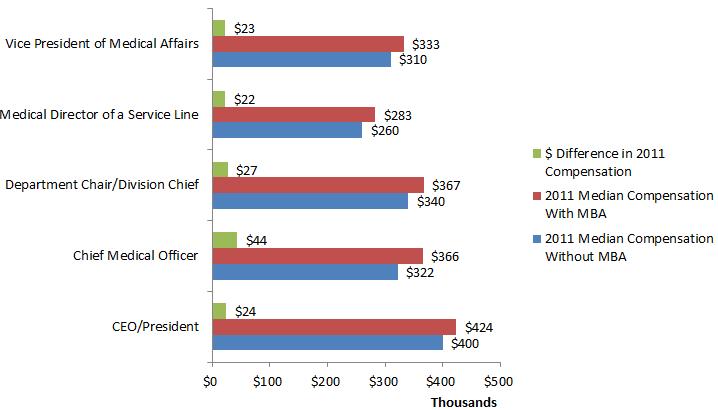Содержание

To bolster the economy through the private sector’s participation in India. The public sector’s existing monopoly over various segments of the economy was removed. Neoliberal policies may also have a negative impact on labor rights, as they promote flexible and casualised forms of employment, which may not provide the same protections and benefits as permanent jobs. After the reforms, life expectancy and literacy rates continued to increase at roughly the same rate as before the reforms. For the first 10 years after the 1991 reforms, GDP also continued to increase at roughly the same rate as before the reforms. The liberalisation policies of the Indian government have been criticized for increasing income inequality, concentrating wealth, worsening rural living standards, causing unemployment, and leading to an increase in farmer suicides.
Sri Lanka’s great IMF lie – The Island – The Island.lk
Sri Lanka’s great IMF lie – The Island.
Posted: Sun, 26 Feb 2023 00:50:36 GMT [source]
It has undergone many changes and requires a historical rather than a static type of analysis. ’Similarly, Laski writes, ’it is not easy to describe, much less to define, for it is hardly less a habit of mind than a body of doctrine’. For instance, diversification and expansion was liberally permitted.
The Term Liberalization – Introduction and Explanation
It disallowed the https://1investing.in/ industries from extreme competitors and due to this fact resulted in low productiveness and restricted its ability to broaden employment prospects. Also, the Eighth Five Year Plan also focused on human resource development based on the reasoning that healthy and educated people could contribute more effectively to economic growth. Most important, the Eighth Five Year Plan marked the beginning of privatization and liberalization of the economy in the country. Many economist explained that economic liberalization is “opening up” to the rest of the world almost about commerce, regulations, taxation and different areas that usually have an effect on enterprise in the country. This article discusses these “crises” and subsequent coverage reform.
In August 1991, the Reserve Bank of India Governor established the Narasimham Committee to recommend changes to the financial system. The government heeded some of these suggestions, including cutting the SLR and CRR rates, liberalizing interest rates, loosening restrictions on private banks, and allowing banks to open branches free from government mandate. By 1991, India still had a fixed exchange rate system, where the rupee was pegged to the value of a basket of currencies of major trading partners. India started having balance of payments problems in 1985, and by the end of 1990, the state of India was in a serious economic crisis.
COMMENT: The new Cold War will be different, and not only … – bne IntelliNews
COMMENT: The new Cold War will be different, and not only ….
Posted: Mon, 06 Feb 2023 08:00:00 GMT [source]
Name the objectives of management achieved by Indian Railways in the above case. Emphasis was laid on simplifying export and import procedures.
Economic reforms during the 1980s
The social sectors of health and education have lagged behind and not kept pace with our economic progress. PreserveArticles.com is an online article publishing site that helps you to submit your knowledge so that it may be preserved for eternity. All the articles you read in this site are contributed by users like you, with a single vision to liberate knowledge. Liberalism supports the view that there should be no special religion of the state. People belonging to all religions should enjoy equal rights and freedoms. A very large number of countries all over the world now accept the secular views of liberalist.
For instance, the European Union has liberalized gasoline and electricity markets, instituting a system of competitors; but a few of the leading European energy corporations stay partially or utterly in authorities possession. Liberalized and privatized public providers could also be dominated by only a few massive companies notably in sectors with high capital prices, or excessive such as water, fuel and electrical energy. Initially liberalism favoured absence of state action in the spheres of business, trade and economy. Presently, it stands for privatization, free trade, liberalization, open competition, free trade, market economy and globalization. It, however accepts the role of state in the economic life of society.

By permitting free entry of the multinational corporations in the consumer goods sector. LPG model hit the interests of the small and medium sector engaged in the production of consumer goods. There is a danger of labor displacement in the small industry if the unbridled entry of MNCs is continued. Soon after independence, the period was known as License Raj.
Globalisation
India’s IT services have turn out to be globally competitive as many firms have outsourced sure administrative functions to nations where costs are lower. Economic liberalization is generally thought of as a beneficial and desirable process for emerging and developing countries. These countries are considered high-risk in their beginning stages, but that doesn’t deter significant investment from institutional investors who want to get in first. In some cases they could stay authorized monopoly a minimum of for some a part of the market. Much of the political financial system of aggressive liberalization lately has in reality played itself out in the dynamic interplay between regional and world initiatives to reduce trade limitations.
The trade restrictions of quantitative terms, customs, duties, and tariffs were removed on the movement of goods and services. To stabilize the prices to accelerate the growth rate of the economy. The Gross Domestic Product rate increased from 5.7 percent to 6.5 percent. This has a very narrow focus since it mostly concentrates on the corporate sector which accounts for only 10 percent of GDP. PublishYourArticles.net is home of thousands of articles published by users like YOU.
Liberalization is one of the important facets for the development of a country. This must be implemented by every nation’s government at any cost. More importantly, does this liberalization literally have any impact on our Indian economy?

The objectives of this policy were to enhance the competition among the domestic industries and encourage international trade with planned imports and exports. Moreover, it aimed at increasing international technology and capital. Also, this policy was expected to expand the international market frontier of the nation and reduce the burden of debt in the country. Local entrepreneurs get the opportunity for additional investment of funds, and there by implement the plans of rationalisation, mechanisation and modernisation of units. They can import new machinery and equipments from abroad, and manufacture superior quality products.
Implications of Liberalisation :
Restrictions on the movement of goods and services were removed. They give great importance to the independence of their nation, and to seek progress as a country, so that the benefits and qualities of its citizens can be highlighted. The intention of this division of powers in terms of the functions of each one responds to the interest of the liberals to prevent the formation of a single state, with sufficient power to act arbitrarily against the citizens. Liberals believe that an economy of free trade favors the progress of a country. Liberal thinking stipulates that individuals should enjoy the same opportunities, but that progress will be made through the effort and capacity of each individual.
- In stabilisation measures, the aim was to rectify and correct the existing weakness developed in controlling the inflation and balance of payments.
- PreserveArticles.com is a free service that lets you to preserve your original articles for eternity.
- Japan has grudgingly participated in all the GATT rounds but access to its markets remains extraordinarily truncated.eight China has not but dedicated to the minimal reforms necessary to affix the World Trade Organization.
Process liberalization is a process of removing controls systems in order to encourage economic development. This is the liberalization of the business process and is only partly achieved. After liberalization, India became the second world of development and became the 7th largest economies. Dr. Manmohan Singh, the former finance minister, opened the way for a free economy in the country which led to the significant development of the country. The objective of structural measures was to develop international competitiveness. Moreover, the measures aimed to eliminate the rigidity in various sections of the country’s economy.
These measures are broadly classified into two groups- structural reforms and stabilisation measures. India’s IT services have become globally competitive as many companies have outsourced certain administrative features to nations where prices are decrease. The entry of overseas service suppliers can be a constructive in addition to negative development.

In the case of India, the effects of liberalization are yet to be seen completely as the process is still in progress. However, as much as the conditions are considered, it may be stated that liberalization has worked well in uplifting the Indian economy. Risk of increased inequality across race, ethnicity, or gender lines. For example, according to the anthropologist Lilu Abu-Lughod we see increased gender inequality in new markets as women lose labor opportunities that existed prior to market liberalization.
The coalition also began reducing features of liberalisationes, enacted a fiscal policy aimed at reducing deficits and debts and increased initiatives for public works. India also increasingly integrated its economy with the global economy. The ratio of total exports of goods and services to GDP in India approximately doubled from 7.3 percent in 1990 to 14 percent in 2000. This rise was less dramatic on the import side but was significant, from 9.9 percent in 1990 to 16.6 percent in 2000.
Definition, Types, Features, Advantages & Disadvantages
While this global health crisis continues to evolve, it can be useful to look to past pandemics to better understand how to respond today. Britannica is the ultimate student resource for key school subjects like history, government, literature, and more. Humanitarian, favoring a social welfare system for the care and protection of society, in general, and the lower class, in particular. Liberalization was initiated in India in 1991 by the then finance minister Manmohan Singh. The main reasons for the liberalization of India were as mentioned below.
However, in the England of Locke’s time and in other democratic societies for centuries thereafter, not every person was considered a member of the electorate, which until the 20th century was generally limited to propertied white males. There is no necessary connection between liberalism and any specific form of democratic government, and indeed Locke’s liberalism presupposed a constitutional monarchy. A sudden economic reform led to the redistribution of political and economic power. This created an imbalance in socio-political factors that destabilized the Indian economy to quite a large extent.
The second policy of the stabilisation measure is privatisation. This policy aims to expand the domination of private sector companies and reduce the control of the public sectors. Thus, the Government-owned enterprise will have less ownership. Besides these Government companies can be converted into private sector companies with two approaches. These approaches are by withdrawing the control of the Government in the public sector company and by disinvesting.
